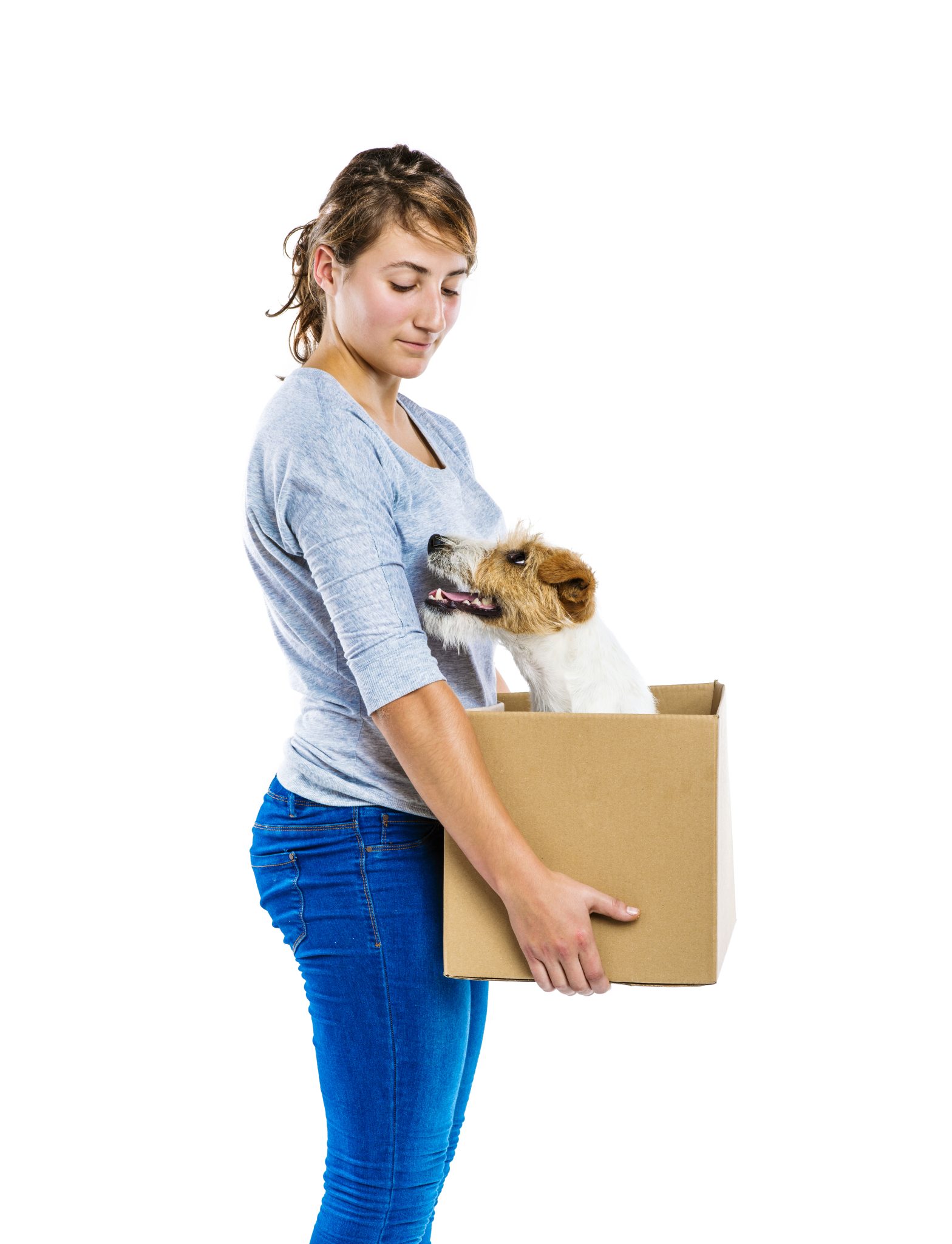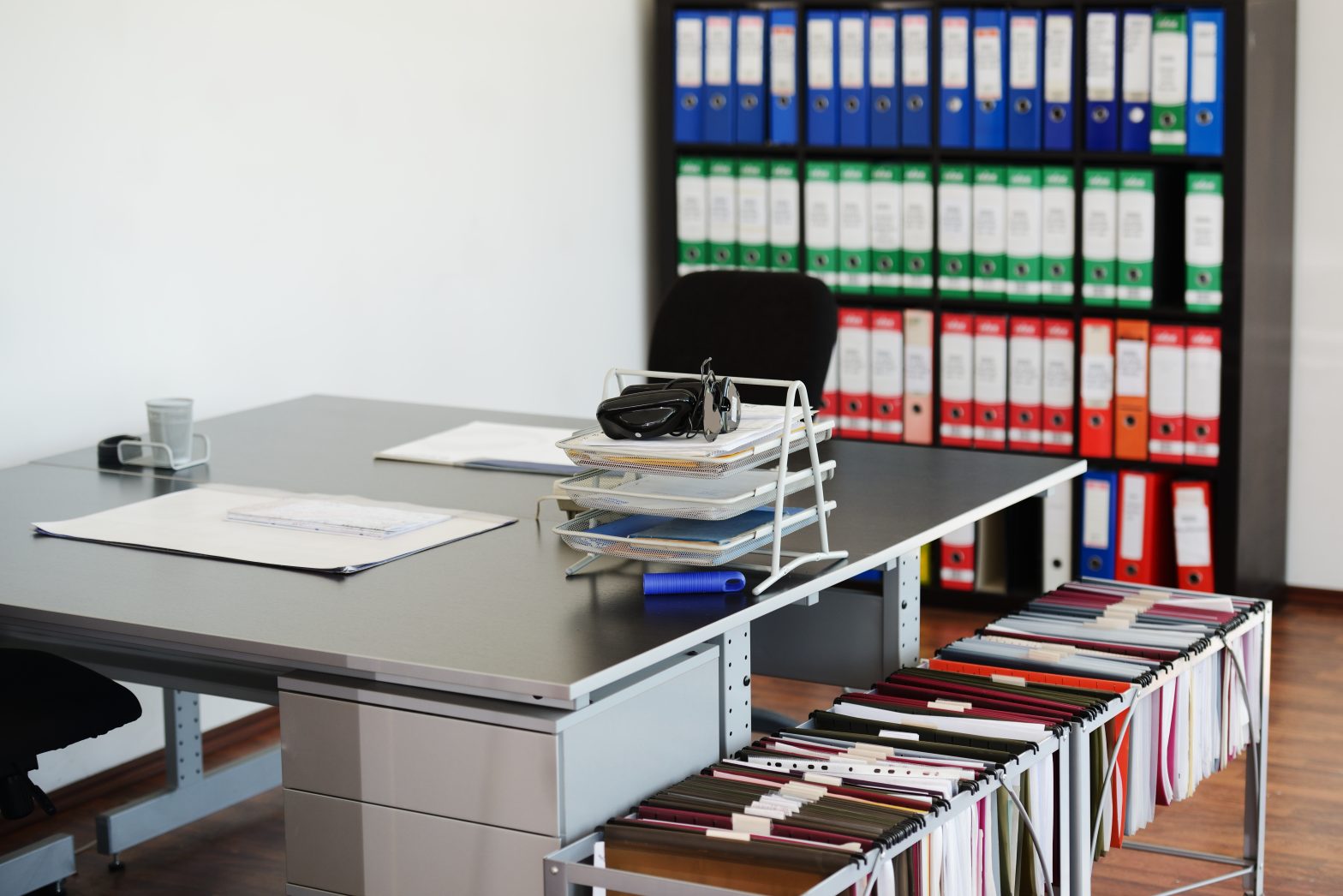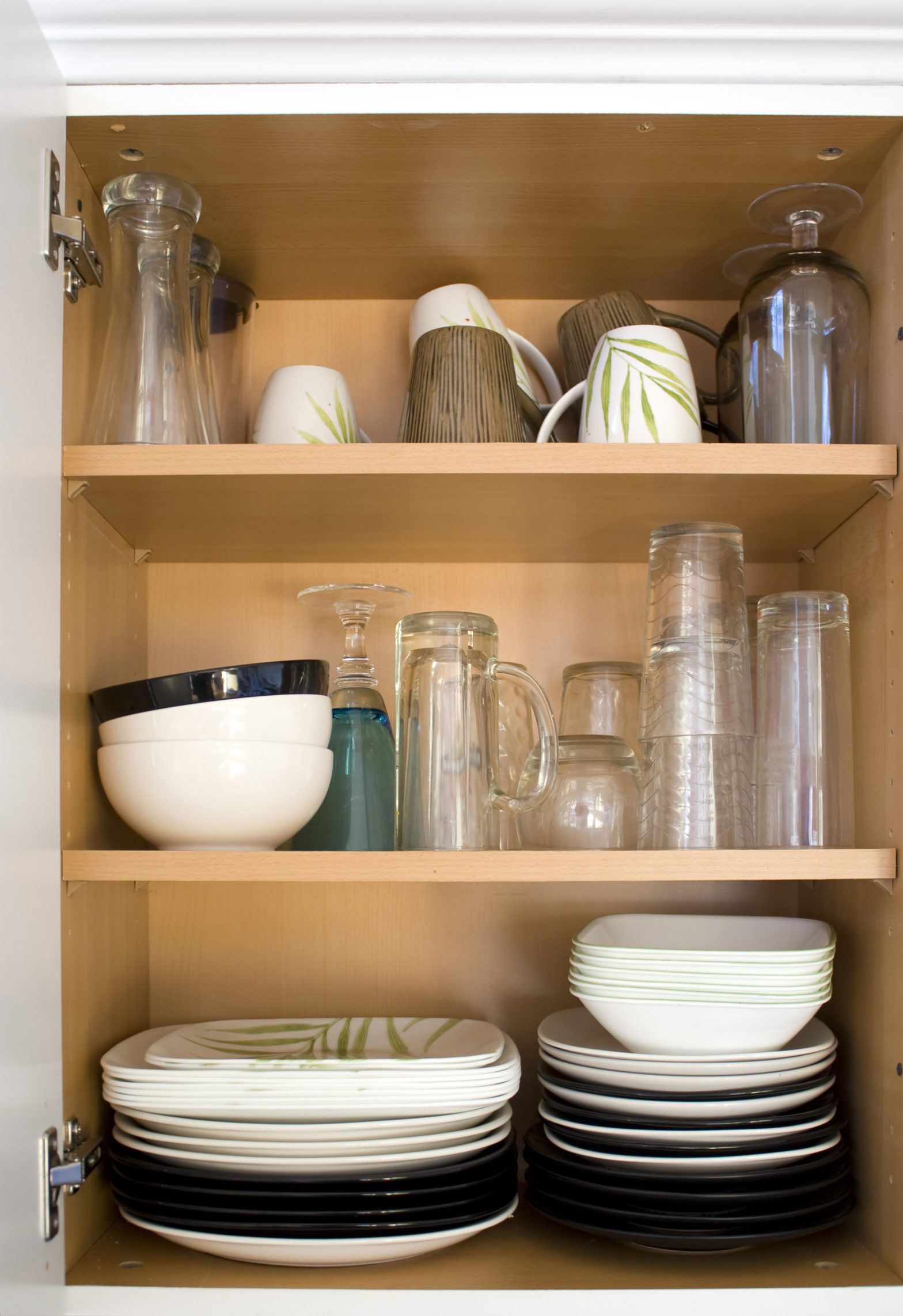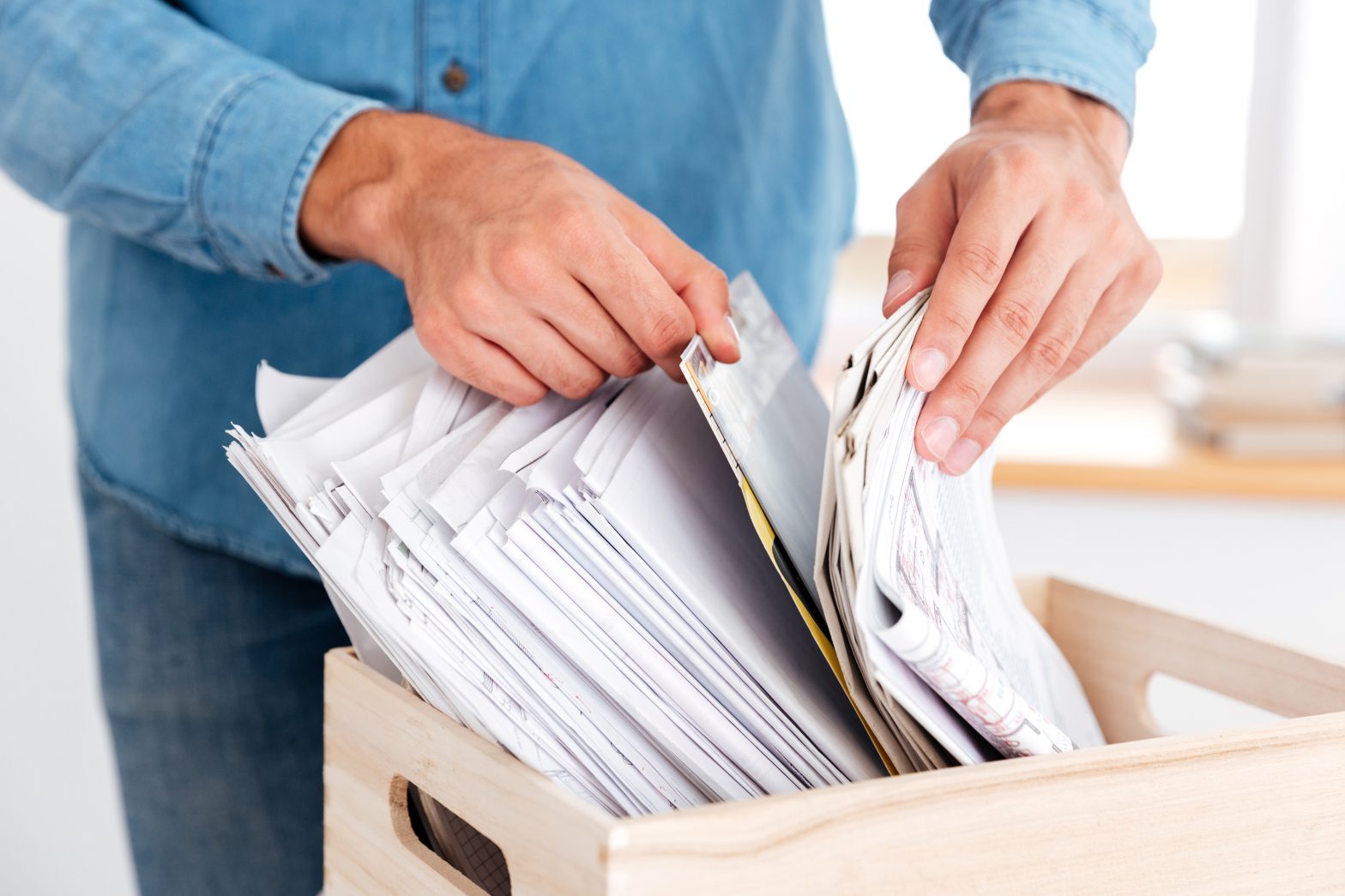Packing up your kitchen is often one of the most challenging parts of moving. With fragile dishes, bulky appliances, and a pantry full of food, it can feel overwhelming to know where to start. However, with a little planning and the right approach, you can pack your kitchen efficiently and ensure everything arrives at your new home in one piece. Here’s a step-by-step guide to help you pack your kitchen like a pro.
Declutter and Organize First
Before you start packing:
- Take the opportunity to declutter.
- Go through each cabinet, drawer, and shelf to decide what you need.
- Toss expired food, donate unopened non-perishables, and eliminate gadgets or appliances you haven’t used in years.
The fewer items you have to pack, the more manageable the process will be. Also, decluttering helps you start fresh in your new kitchen without clutter.
Gather the Right Packing Supplies
Having the right moving supplies makes all the difference when packing a kitchen. Here’s what you’ll need:
- Sturdy moving boxes in various sizes
- Heavy-duty packing tape
- Bubble wrap or packing paper for fragile items
- Dish pack boxes with dividers (optional but helpful)
- Plastic wrap for securing lids and small items
- Markers for labeling
For especially fragile or valuable items, consider using specialty packing materials like foam pouches or dish sleeves for extra protection.
Start with Non-Essential Items
Begin packing your kitchen by tackling non-essential items you won’t need before moving day. These might include holiday dishes, specialty appliances, extra glassware, or serving platters. Wrap each item in packing paper or bubble wrap and place them in small or medium-sized boxes to avoid overloading them. Make sure to fill any gaps in the boxes with crumpled paper or dish towels to prevent shifting during transit.
Pack Dishes and Glassware Carefully
When packing dishes and glassware, careful wrapping is critical. For plates, wrap each one individually in bubble wrap or packing paper, then stack them vertically in a box—this helps reduce the risk of breaking during the move. You can also use dish-pack boxes with dividers for added protection.
For glasses and stemware, wrap each one securely and place it upright in the box. Use plenty of cushioning between items, and remember to label the boxes as fragile.
Secure Pots, Pans, and Appliances
Pots and pans are bulky but relatively easy to pack. When possible, stack them inside one another and wrap the lids separately. Kitchen towels or paper can protect non-stick surfaces from scratches. You should place heavier items like cast iron pans in smaller boxes to make lifting easier.
Clean and dry small kitchen appliances thoroughly before packing. If possible, pack them in their original boxes or use a box with plenty of cushioning around the appliance. Secure any removable parts, such as blender blades or food processor attachments, in plastic bags to prevent them from getting lost.
Empty and Pack Your Pantry
When packing your pantry, sort through items and discard anything expired or close to expiration. Unopened, non-perishable food items can be packed, but avoid packing anything that might spill or leak.
Use smaller boxes to pack canned goods and jars to prevent them from becoming too heavy. Seal opened containers, like flour or sugar, in plastic bags or airtight containers to avoid spillage during the move.
Pack an Essentials Box
Packing your entire kitchen can take time, so make sure to set aside an essentials box with the items you’ll need during the first few days in your new home. Include basic utensils, a few plates and glasses, dish soap, a sponge, and any small appliances you use frequently, like a coffee maker. Label the box clearly and keep it easily accessible on moving day.
Label Boxes Clearly
As you pack up your kitchen, label each box with its contents and the room to which it belongs. Unpacking will be much smoother and help you find your needs in your new home. Remember to mark boxes containing fragile items so movers can handle them carefully.
Make Your Move a Breeze
Packing your kitchen doesn’t have to be a daunting task. By decluttering, using the right supplies, and packing strategically, you can protect your belongings and ensure a smooth move. Follow these steps, and your kitchen will be packed up and ready to go in no time.









